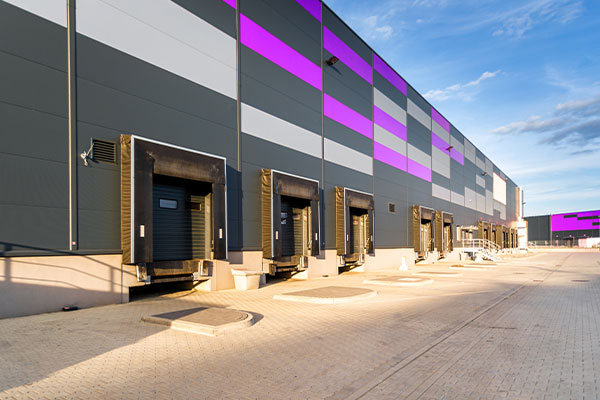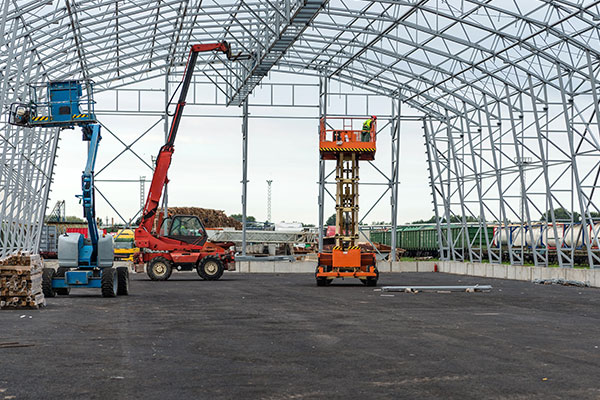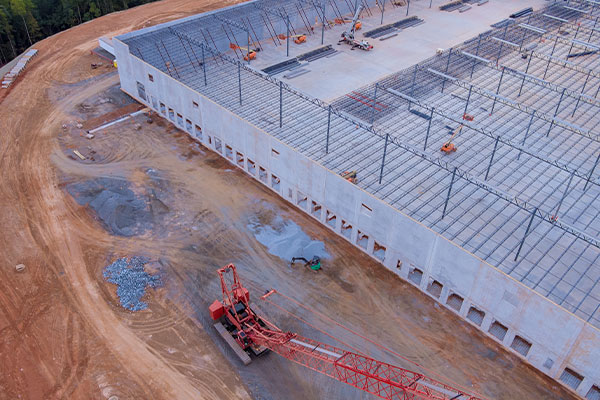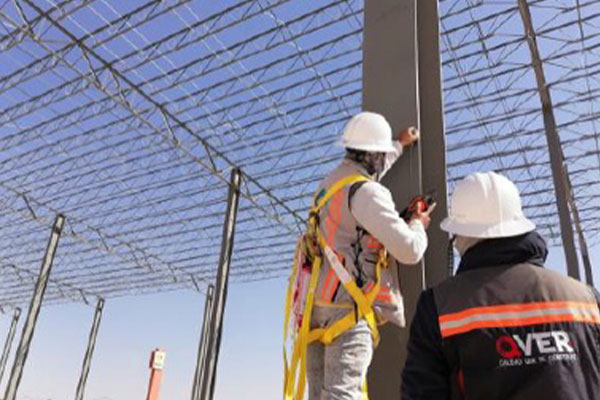At Q-VER, we apply various quality parameters for site investigation, in this case, we are discussing the CBR test; used to determine the thickness of materials required for pavement construction.
The CBR test is performed by measuring the pressure required to penetrate a soil sample with a standard area plunger. Then, the measured pressure is divided by the pressure required to achieve an equal penetration in a standard crushed rock material.

The CBR test is performed on soils with a maximum particle size of 20 mm. (Note: for material over 20 mm, refer to Plate Bearing Tests). The technique involves introducing a small cylindrical plunger (approximately 50 mm) into the soil at a uniform speed, using a four-wheel drive vehicle as the reaction load to provide the force.
Tests are typically carried out at ground level or at depths of between 500-1000 mm at intervals of 20-30 m along the proposed construction centerline. Typically, a minimum of three tests are carried out at each site. At a typical site, and assuming surfaces are prepared, a single operator can perform up to 8-10 tests in a day, with provisional results available on-site.
Our commitment to developing quality works has led Q-VER to offer different soil investigation services, such as the CBR test, which




